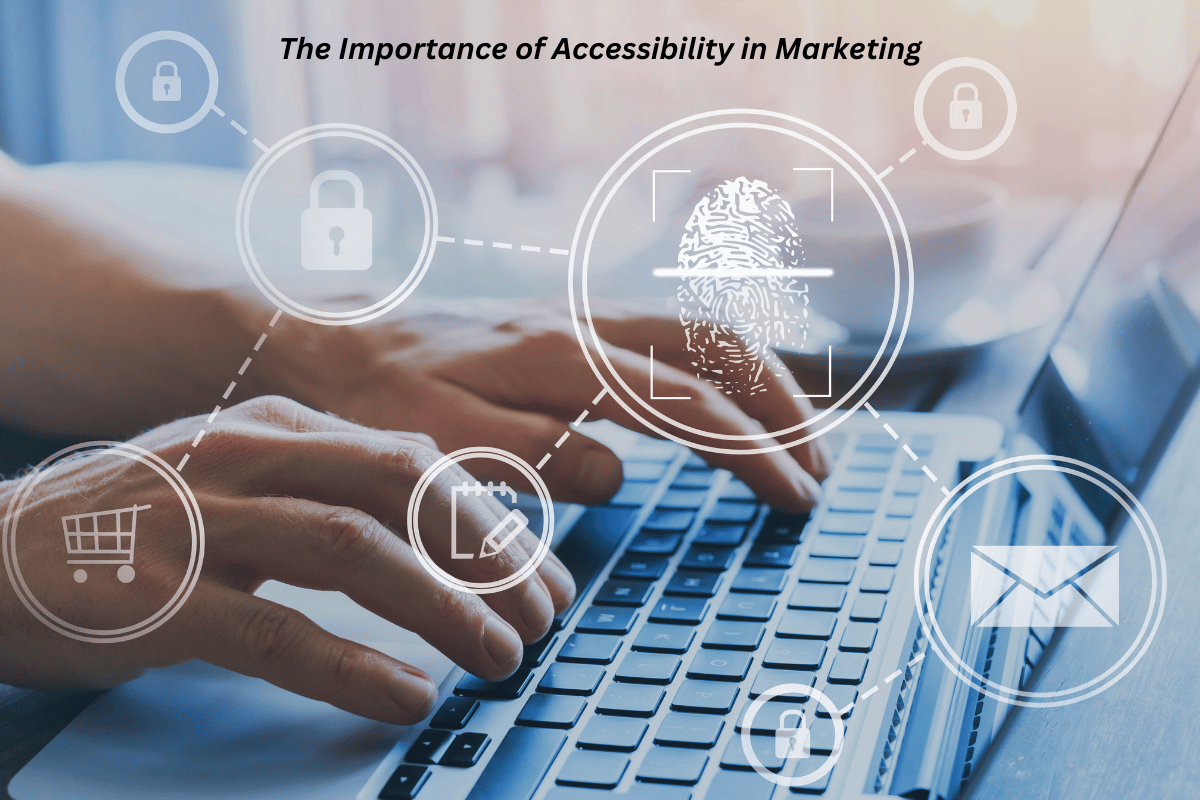The Importance of Accessibility in Marketing
In today’s diverse and interconnected world, accessibility in marketing is not just a legal obligation or a social responsibility—it is a crucial aspect of effective communication and business success. Ensuring that marketing efforts are accessible to everyone, including people with disabilities, is fundamental to creating inclusive experiences and expanding your audience reach. Below, explore the importance of accessibility in marketing, the benefits you will see in your businesses, and strategies to implement inclusive marketing practices.
Understanding Accessibility in Marketing
Accessibility in marketing means creating content and experiences that all individuals use, regardless of their physical, sensory, or cognitive abilities. It is incredibly important in making digital marketing accessible to encompass a wide range of practices, from ensuring that websites and digital content are navigable for people with visual impairments to making physical marketing materials readable and understandable for everyone.
Key Areas of Accessibility:
- Digital Content: Websites, social media, emails, and online advertisements.
- Physical Media: Print ads, brochures, billboards, and packaging.
- Events and Experiences: In-person and virtual events, trade shows, and promotional activities.
The Importance of Accessibility in Marketing
- Legal Compliance: A vast array of countries have laws and regulations requiring businesses to provide accessible content. For instance, in the United States, there is the Americans with Disabilities Act (ADA). In the United Kingdom, there is the Equality Act. Both of these mandate accessibility for people with disabilities. Non-compliance can and often does result in legal actions and financial penalties.
- Inclusive Reach: By making marketing materials accessible, businesses can reach a broader audience. According to the World Health Organization, over one billion people (about 15% of the world’s population) have some form of disability. Ignoring this demographic means missing out on a significant market segment.
- Enhanced User Experience: Accessible design often leads to a better overall user experience for everyone. Features such as clear navigation, readable text, and straightforward language benefit all users, not just those with disabilities. This can increase engagement, reduce bounce rates, and improve conversion rates.
- Brand Reputation: Companies that prioritise accessibility demonstrate social responsibility and inclusivity. This can enhance brand reputation, foster customer loyalty, and differentiate your business in a competitive market. Consumers are increasingly choosing brands that reflect their values and commitment to social good.
- Innovation and Creativity: Focusing on accessibility can drive innovation and creativity in marketing strategies. Developing inclusive content often requires out-of-the-box thinking and can lead to unique and effective ways to communicate your message.
Implementing Accessible Marketing Practices
- Digital Accessibility
Ensure that your website and digital content adhere to accessibility standards such as the Web Content Accessibility Guidelines (WCAG). Key practices include:
- Alt Text: Provide descriptive alt text for images to assist screen reader users.
- Keyboard Navigation: Ensure all interactive elements can be accessed and used via keyboard.
- Readable Fonts: Use legible fonts and sufficient colour contrast for text readability.
- Captions and Transcripts: Include captions for videos and transcripts for audio content.
- Accessible Print Media
Design print materials with accessibility in mind:
- Large Print: Use larger font sizes and high-contrast colours.
- Simple Layouts: Avoid cluttered designs and use clear, straightforward layouts.
- Braille and Tactile Options: Consider offering materials in braille or with tactile elements for visually impaired individuals.
- Inclusive Events
Make events accessible to all participants:
- Physical Accessibility: Ensure venues are wheelchair accessible and provide assistive listening devices.
- Virtual Accessibility: Use platforms that support closed captioning and screen reader compatibility for online events.
- Accessible Communication: Provide event information in accessible formats and offer support for attendees with disabilities.
- Testing and Feedback
Regularly test your marketing materials and platforms for accessibility:
- User Testing: Conduct usability testing with individuals who have disabilities to identify and address potential barriers.
- Feedback Mechanisms: Provide channels for feedback on accessibility and use this input to make continuous improvements.
Final Thoughts
Accessibility in marketing is essential for creating inclusive, engaging, and effective communication strategies. By ensuring that your marketing efforts are accessible to everyone, you not only comply with legal requirements but also expand your reach, enhance user experience, and build a positive brand reputation. Implementing accessible marketing practices demonstrates a commitment to inclusivity and social responsibility, fostering a more inclusive society and driving business success. As the marketing landscape continues to evolve, prioritising accessibility will remain a key factor in achieving long-term growth and customer satisfaction.







